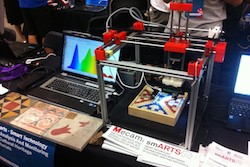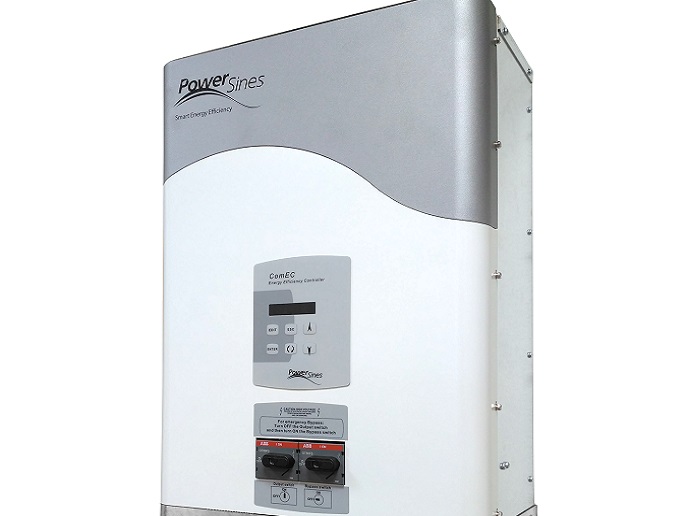Getting smart about cultural heritage
New advances in open source and low-cost software and hardware mean new opportunities for analysing and preserving our shared cultural heritage. The EU-funded SmARTS (Smart technology for analysis and monitoring of Cultural Heritage materials) project is taking advantage of this new technology to produce low-cost, easy-to-assemble, easy-to-use and fully customisable devices for mapping, monitoring and analysing surfaces of historical and archaeological artefacts and structures. “Free, open source software and hardware represent the core of a sustainable approach to cultural heritage conservation,” says principal investigator Mainardo Gaudenzi. “The use of smart technology, such as that being developed in the SmARTS project, is potentially a fast and reliable response to the lack of economic resources that many cultural heritage projects face,” adds project coordinator Dr Judit Molera. A range of devices From a practical point of view, SmARTS is developing a range of devices for the inspection, monitoring and analysis of cultural heritage materials. Each device is based on free and open hardware and software and the principles of economic sustainability. “We are developing devices that are scientifically reliable and fully comparable to off-the-shelf-devices,” says Gaudenzi. “In fact, many of these devices are already being used by cultural heritage operators, technicians and professionals in general.” For example, the project designed a robot capable of using a non-destructive and non-invasive approach – paramount to handling the fragile surfaces so commonly found in the field of cultural heritage. The robot, which is equipped with an imaging system and a mini spectrophotometer, is already being used to analyse surface morphology and the colours of one of the largest collections of Catalan modernist hydraulic tiles. According to Gaudenzi, the data acquired has proven very useful in conservation and restoration actions. The project also developed a range of data loggers for preventive conservation in museums, art galleries and historical archives. “We prototyped temperature, relative humidity and dew point data loggers, as well as devices for monitoring ultra violet and both visible and infra-red light irradiation,” explains Gaudenzi. “These prototypes have been validated in both laboratory and real environments, and the excellent results have led to the design of other devices suitable for real time and remote monitoring in typical cultural heritage environments.” Once finalised, the prototypes will be used by Barcelona’s National Museum of Art of Catalonia (MNAC). The principle target of these devices is not customers, but proactive end-users. “We don’t just provide economically sustainable technology, we provide technology that can be easily assembled and disassembled and re-shaped, adapted, customised, enhanced and, finally, re-shared,” explains Gaudenzi. “That’s why we love to define our technology not as end products, but as prototypes that are always in progress.” A convergence of technology All-in-all, the SmARTS project is demonstrating the possibility of providing technological solutions capable of overcoming the idea of exclusivity and closeness and embracing the concepts of circularity and inclusion. “We strongly believe in the potential of knowledge-sharing,” concludes Molera. “We are firm believers that the convergence of technology acceleration, hyper-connectivity, and open and free access to data and technology, when combined with the global movement of citizen scientists, can represent a key factor in achieving truly sustainable development.” The project has successfully started collaborations with a number of museums, foundations and private companies. To keep this momentum going, researchers are currently looking for new funding opportunities at both the national and international levels.







